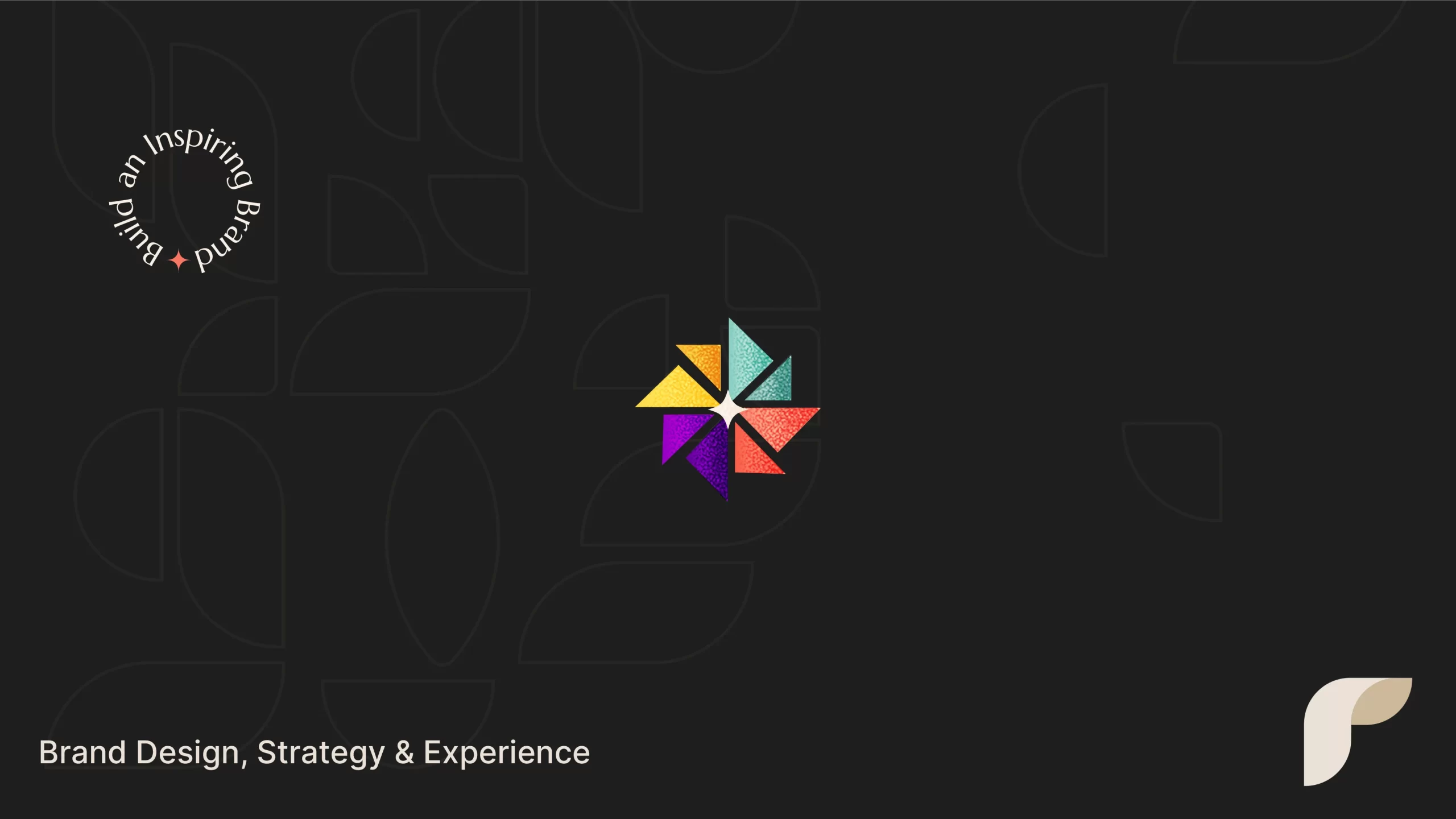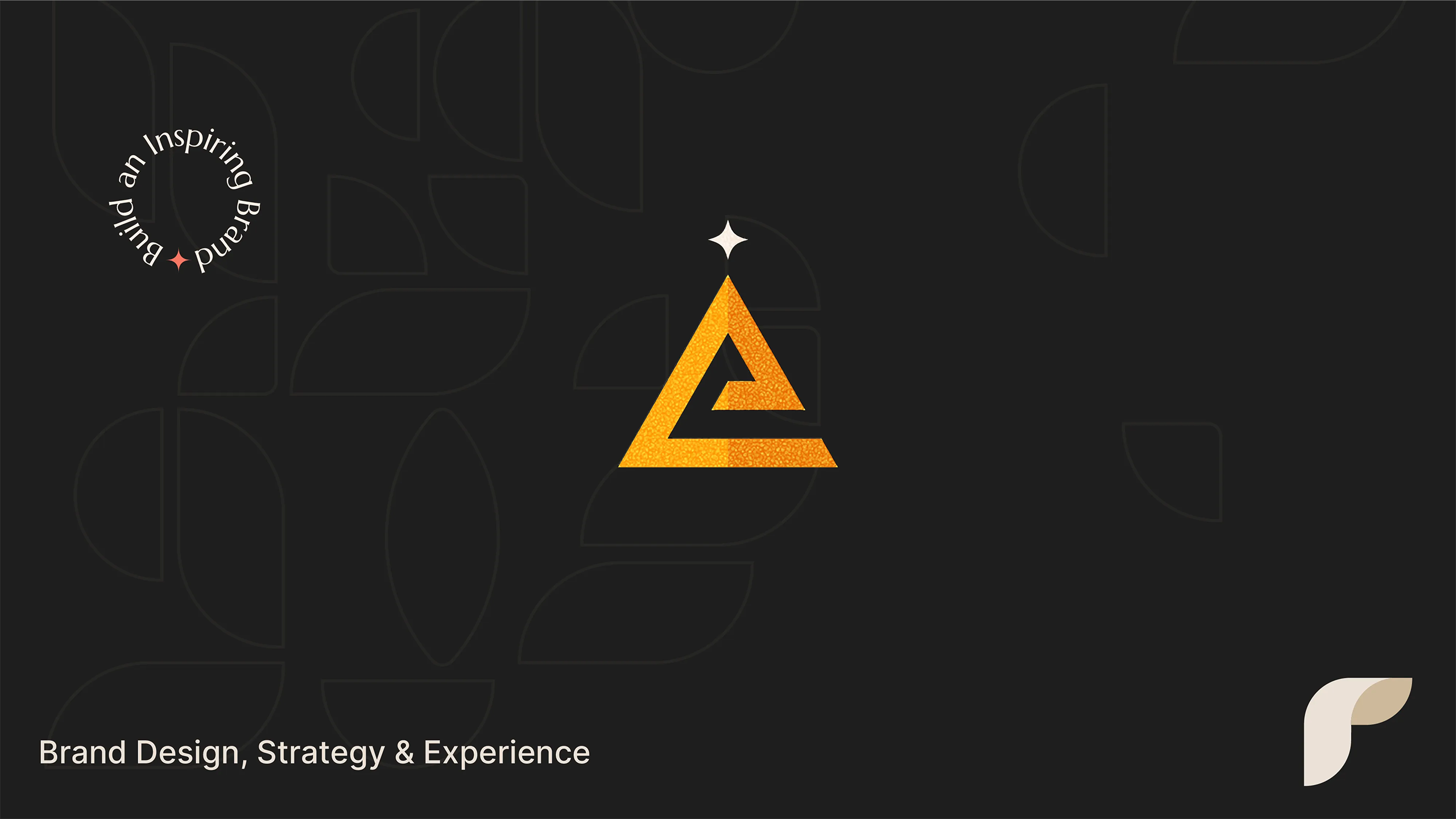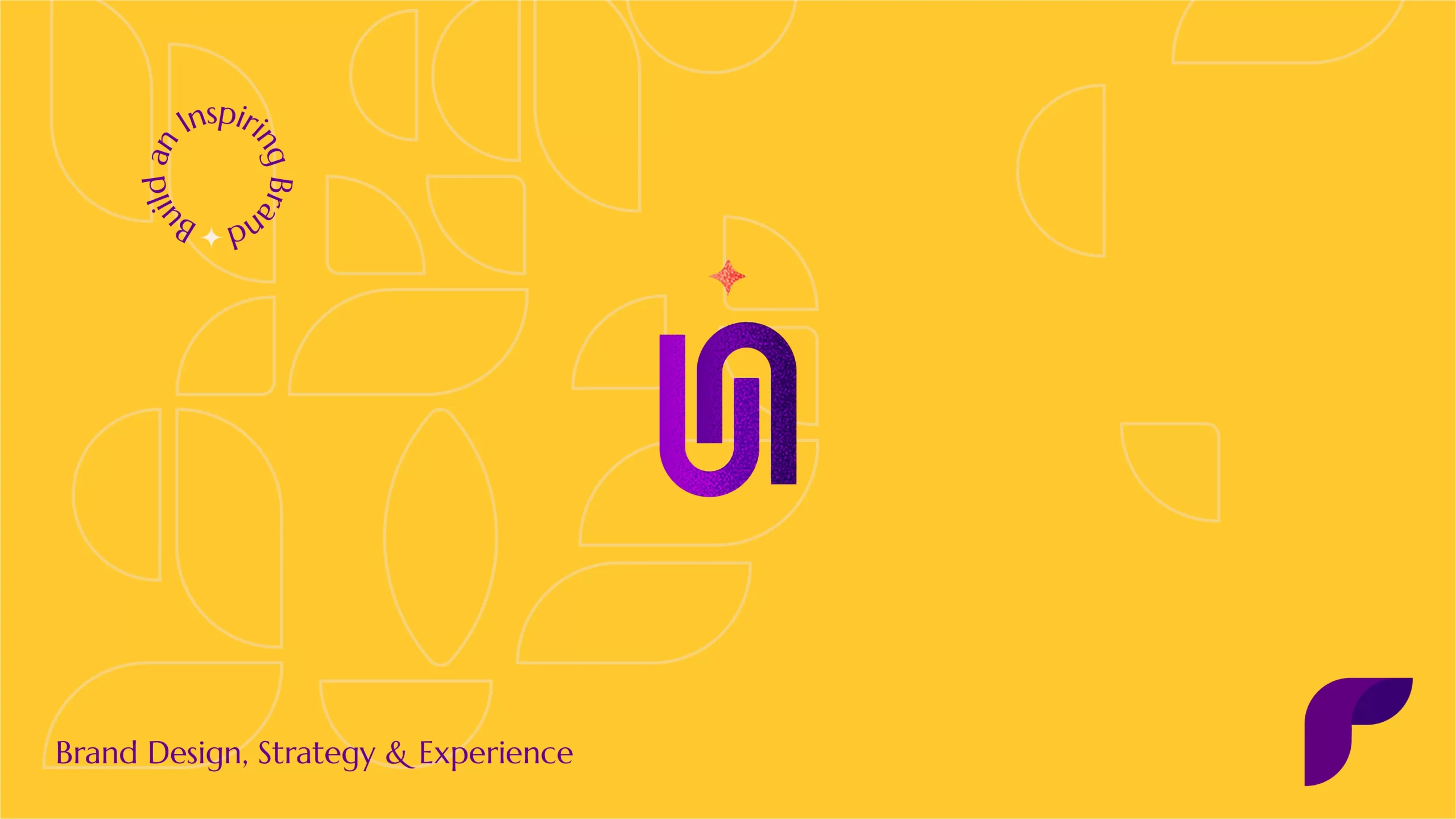Dark mode design has grown in popularity among users and designers alike, offering a sleek and modern alternative to traditional light interfaces. Not many people use bright colors or lighting for their devices in today’s world. People are more inclined to save their device’s energy and adopt better aesthetics by opting for dark modes.
While its visual appeal is undeniable, successful dark mode design requires careful consideration of aesthetics. It also needs to take into account user comfort and energy efficiency in the long run. If your brand is trying to fit into this modern demand, which might become a challenge if overlooked by brands, then this is the perfect resource for you. Let’s delve into strategies to master this balance – by the end you will have all you need to develop a brand for dark mode.
Inside this article,
What is the science behind dark mode design
Understanding the science behind dark mode design begins with how the human eye processes visuals in low-light settings. Our eyes rely on rod cells for night vision and cone cells for color detection.
In dark interfaces, the shift from bright to subdued tones reduces the strain on cone cells, making it easier for users to engage with content in dim environments. However, prolonged exposure to low-light displays can still cause eye fatigue if not designed thoughtfully.
Dark mode’s impact on cognitive load is another crucial factor. A well-executed dark theme can help users focus by minimizing distractions, as darker tones are less visually demanding. For instance, applications that prioritize reading—such as document viewers or messaging platforms—often benefit from dark mode, where text stands out against a muted background, reducing the effort needed to comprehend content.
Energy efficiency also plays a significant role, particularly for OLED and AMOLED displays. These technologies turn off individual pixels to display black, saving battery life compared to LCDs, which require backlighting regardless of content. Mobile apps and brands leveraging dark mode often promote this feature as a benefit, appealing to environmentally conscious users while enhancing device performance.
Importance of color theory for dark interfaces
Dark mode design hinges on mastering color theory.
Contrast ratios are paramount, as insufficient contrast can lead to unreadable interfaces, while excessive contrast strains the eyes. Ideal ratios—around 4.5:1 for text and background—ensure legibility without compromising aesthetics.
An e-commerce platform showcasing high-end products, for instance, might use muted backgrounds with white or light gray text to maintain an elegant, readable design.
Color accessibility is equally essential in dark environments. Designers must ensure that color choices accommodate users with visual impairments such as color blindness. Tools to simulate various vision deficiencies can guide designers in selecting appropriate palettes.
For example, a financial app might use distinct shades of blue and green for positive trends while reserving red tones for alerts, ensuring clarity even for users with red-green color blindness.
Visual hierarchy is another challenge in dark interfaces. Bright colors can disrupt the harmony of a dark theme, so designers often use subtle variations in luminance to guide attention. For instance, a music streaming app might highlight play and pause buttons with a slightly brighter hue, ensuring they stand out without overwhelming the interface.
Also read: Design for different audiences: Mastering graphics across platforms
Implementation challenges
Implementing dark mode presents unique challenges, some of which include:
Image adaptations
Challenges arise when adapting image content. Images designed for light themes often appear overly bright or lose detail in dark settings. Designers can address this by creating dual-tone versions of images or applying overlays to ensure consistency. A storytelling app might optimize its illustrations with darker gradients to blend seamlessly into the interface.
Typography considerations
Typography is another critical aspect of dark mode design. While light text on a dark background is a staple, the choice of font weight and size can greatly affect readability. Thin fonts may disappear into the background, while overly bold fonts can appear harsh. A news aggregation platform, for instance, might balance readability by using semi-bold fonts for headlines and regular weights for body text.
Smart UI design
Component design must also adapt to dark themes. Buttons, sliders, and other UI elements require thoughtful reimagining to retain usability. Website designers might incorporate subtle shadows or glowing effects to differentiate interactive elements from static ones. A food delivery app, for example, might use a faint glow around the “Order Now” button to draw attention without breaking the dark mode aesthetic.
What is the need for performance optimization?
Optimizing performance for dark mode requires a nuanced approach, especially during theme transitions. Seamless transitions enhance user experience, while abrupt changes can feel jarring.
Animation techniques such as cross-fading can create a smooth shift between light and dark modes, enhancing usability. A popular productivity app might integrate such transitions to maintain focus when users toggle themes.
System-level integration is another consideration. Dark mode settings should align with operating system preferences to provide a cohesive experience. This requires close collaboration with developers to ensure consistent behavior across devices. An entertainment app that syncs its dark mode with a user’s device settings demonstrates how system-level integration enhances convenience.
Image optimization is also vital for dark mode performance. Images should be tested in both light and dark themes to avoid unintentional artifacts or glaring mismatches. Techniques like SVG overlays or adaptive image rendering can help. For instance, an online learning platform might use adaptive images for course thumbnails, ensuring they look sharp and consistent in both modes.
Also read: Website performance optimization techniques: A deep dive into page load insights
Quick summary
Dark mode design is a blend of art and science, demanding attention to detail and a deep understanding of user needs. By prioritizing visual comfort through appropriate contrast ratios, designers can create dark themes that are not only visually stunning but also functional and energy-efficient.
As users continue to use dark mode for its aesthetic and practical benefits, mastering these strategies will remain essential. Only then can modern brands succeed in properly delivering exceptional digital experiences.




